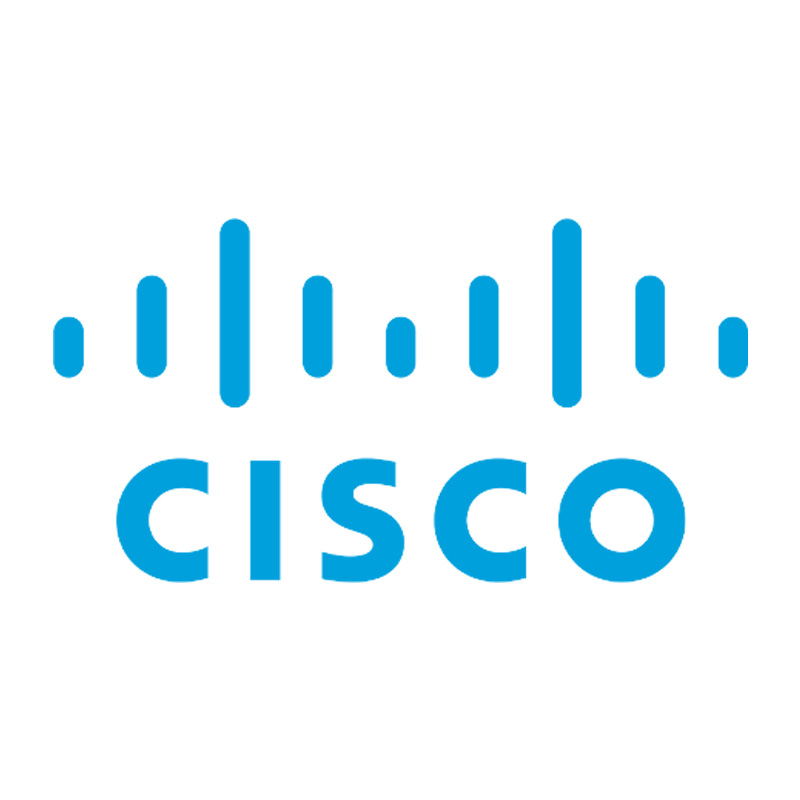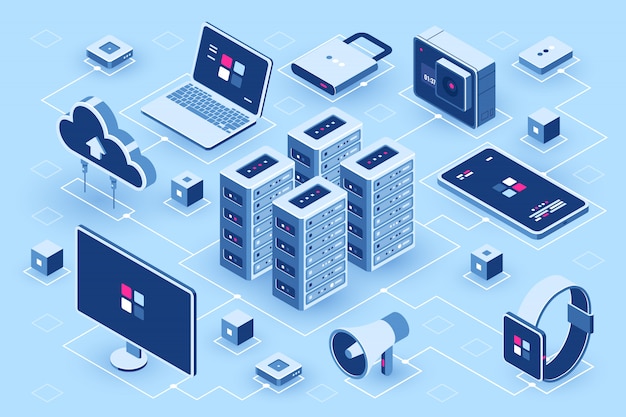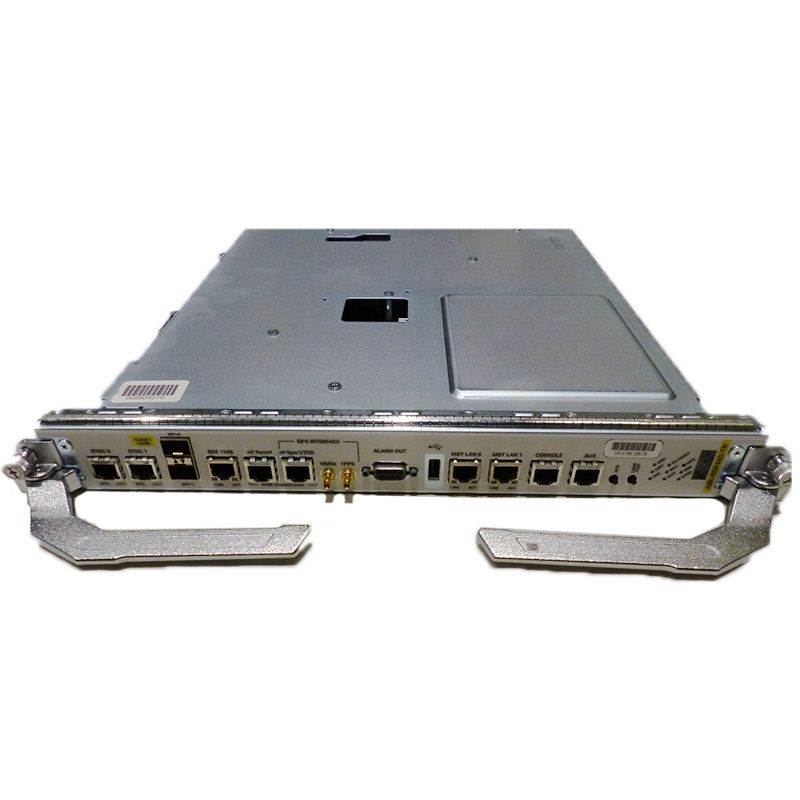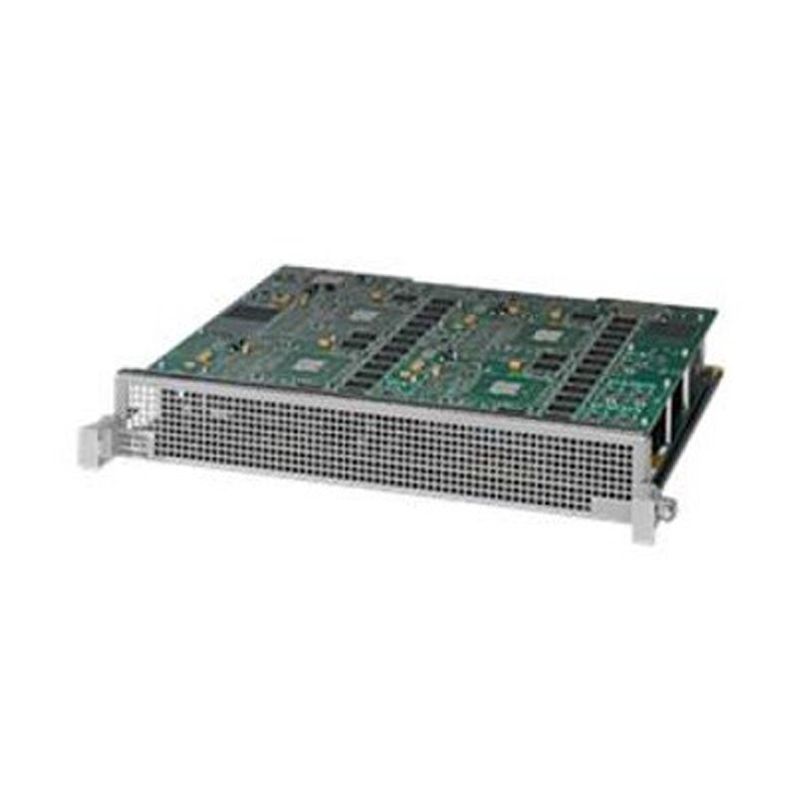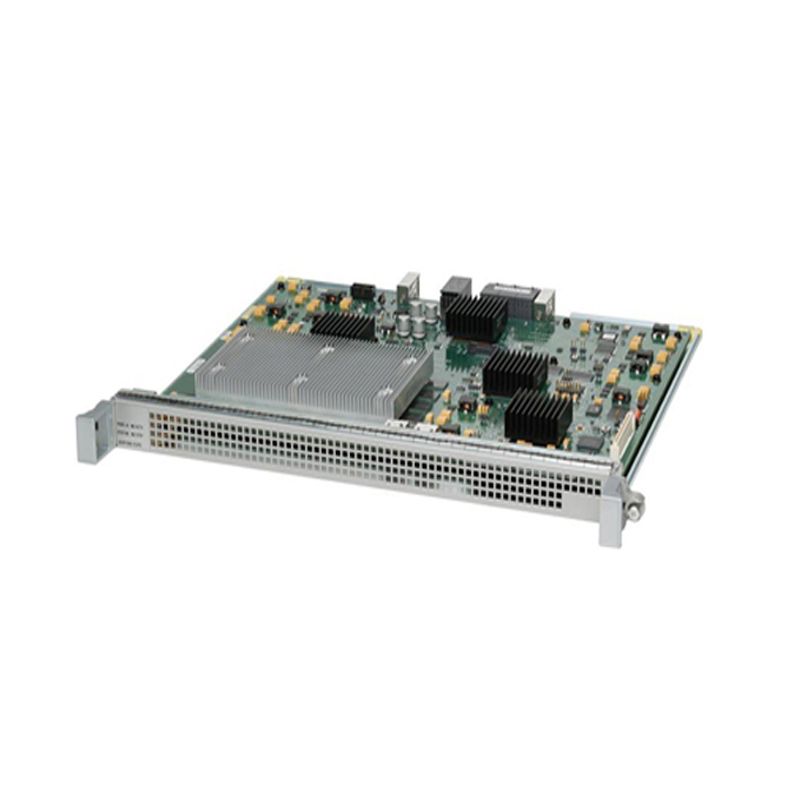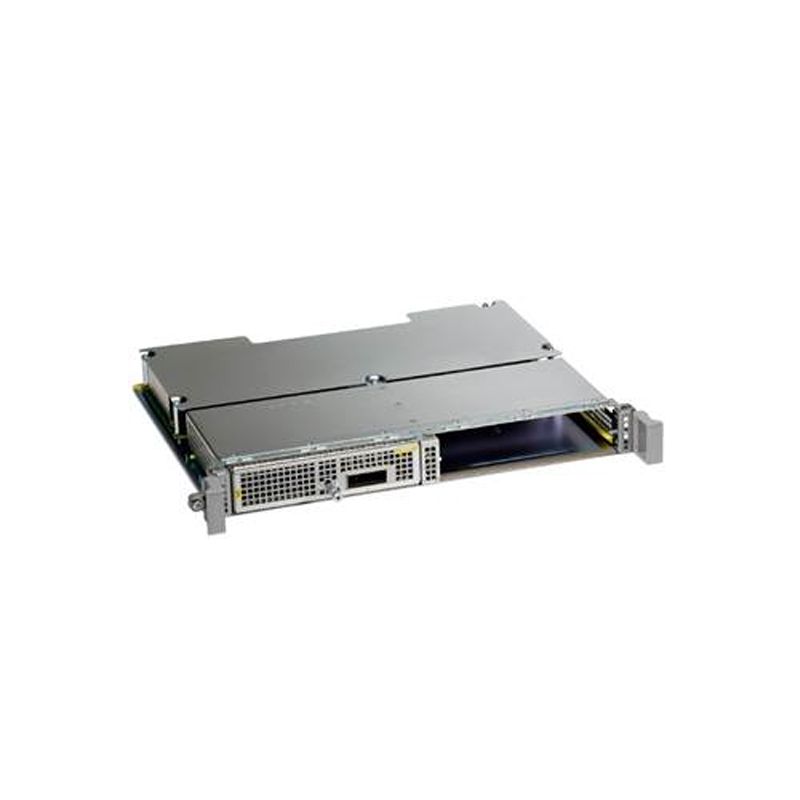On-Site Rooftop Solar at Data Centers: Everything You Need to Know
Introduction
In an era where sustainability and energy efficiency are paramount, data centers are under immense pressure to reduce their carbon footprint. One of the most effective ways to achieve this is through on-site rooftop solar installations. By harnessing solar energy, data centers can not only cut energy costs but also enhance their green credentials. This article explores everything you need to know about on-site rooftop solar for data centers.
The Importance of Renewable Energy in Data Centers
Data centers are power-hungry facilities, often consuming large amounts of electricity to maintain servers, cooling systems, and other infrastructure. With the growing demand for data processing and cloud services, the energy consumption of data centers continues to rise. As a result, embracing renewable energy sources like solar is becoming more essential than ever.
Benefits of Rooftop Solar for Data Centers
-
Cost Savings: Installing solar panels can significantly reduce electricity bills. Solar energy allows data centers to generate their own electricity, reducing reliance on external power grids. In many regions, this translates into long-term savings.
-
Energy Independence: On-site solar installations can help data centers achieve a degree of energy independence. By generating their own power, facilities can mitigate the risks associated with fluctuating energy prices and potential outages.
-
Environmental Impact: Utilizing renewable energy sources like solar reduces greenhouse gas emissions, aligning with corporate social responsibility goals and strengthening the commitment to sustainability.
-
Regulatory Compliance: Many regions offer incentives for renewable energy adoption, including tax credits, grants, and renewable energy certificates. Installing solar panels allows data centers to take advantage of these incentives, making it a financially attractive option.
- Enhanced Reliability: With an on-site solar system, data centers can ensure a more reliable power supply. This is crucial for operations that require uptime and minimal disruptions.
Key Considerations for Implementing Rooftop Solar
1. Feasibility Assessment
Before committing to a solar installation, data centers must conduct a feasibility assessment. This includes evaluating the roof’s structural integrity, orientation, and shading. A professional evaluation helps determine the potential solar energy yield.
2. Design and Sizing
Tailoring the solar installation to meet specific energy demands is critical. An appropriately sized system should account for existing and future energy consumption while optimizing space on the rooftop.
3. Permitting and Regulations
Navigating local regulations and obtaining necessary permits can be complex. Data centers need to work closely with local authorities to ensure compliance with zoning and safety regulations.
4. Installation and Maintenance
Hiring experienced contractors for installation is vital to ensure the system operates efficiently over its lifespan. Additionally, regular maintenance is essential to optimize energy generation and address any issues that may arise.
5. Integration with Existing Systems
To maximize efficiency, data centers should consider how the solar system will integrate with existing energy management systems. This ensures smooth operation and optimal utilization of solar-generated energy.
Emerging Trends in Rooftop Solar for Data Centers
-
Battery Storage Solutions: Integrating energy storage systems can enhance the reliability of solar-powered data centers, allowing energy to be stored and used during peak demand or outages.
-
Hybrid Energy Solutions: Combining solar energy with other renewable sources (like wind) or traditional energy sources can create a balanced energy strategy, optimizing performance and reliability.
-
Smart Technology Integration: Utilizing IoT and smart management systems can improve monitoring, energy distribution, and predictive maintenance of solar systems in data centers.
- Net Metering: Many regions offer net metering, allowing data centers to sell excess energy back to the grid, providing an additional revenue stream.
Conclusion
On-site rooftop solar installations present an incredible opportunity for data centers seeking to reduce their energy costs and environmental impact. By harnessing the power of the sun, these facilities can achieve energy independence, enhance their sustainability efforts, and position themselves as responsible leaders in the tech industry. As technology evolves and the benefits of solar energy become clearer, the adoption of this renewable resource is set to increase, paving the way for a greener future in data management.





